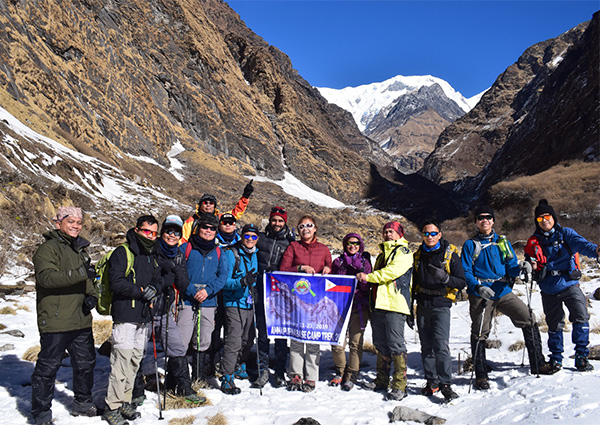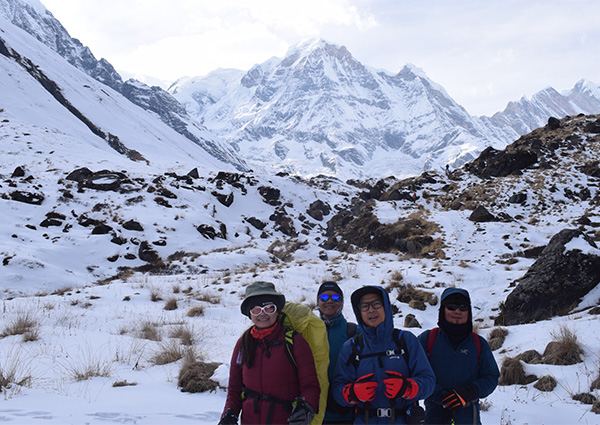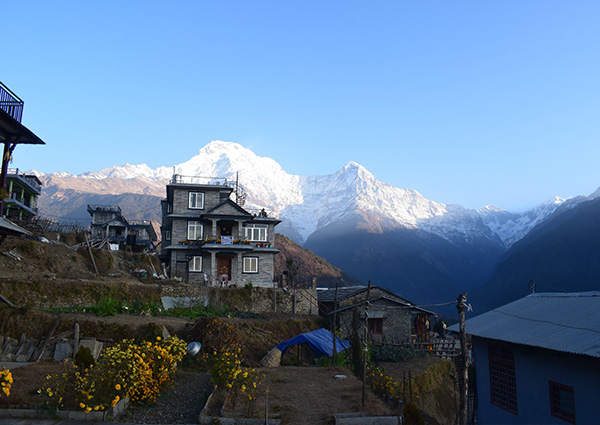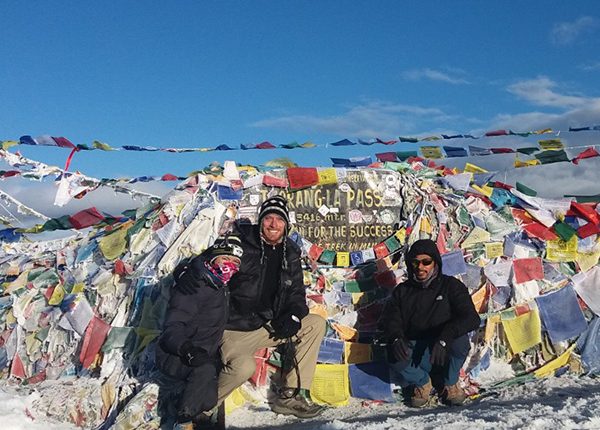The Annapurna Base Camp Trek is more than just a journey — it’s an immersive experience into the heart of the Nepalese Himalayas, where towering peaks meet vibrant cultures and breathtaking natural beauty. With Everest Destiny Trek, this iconic 11-day adventure becomes even more special, as we blend expert guidance, local insight, and responsible trekking to ensure your journey is safe, rewarding, and unforgettable.
Starting from the serene city of Pokhara, known as the “Gateway to the Himalayas,” you step into a world where every trail leads to awe-inspiring vistas and meaningful encounters. The trek winds through charming villages where the warm hospitality of Gurung and Magar communities invites you to experience traditions that have endured for centuries. Along the way, your senses will be filled with the fragrance of rhododendrons, the sound of flowing rivers, and the sight of snow-capped giants like Annapurna South and Machapuchare (Fishtail).





